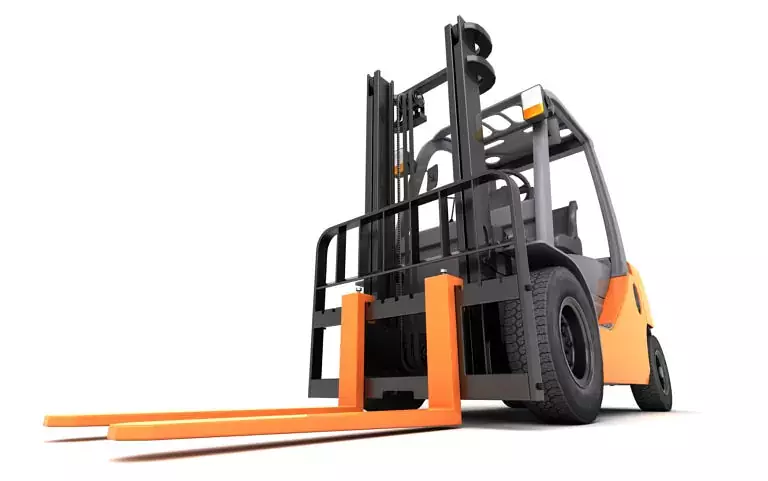 Forklift forks are a vital component of every forklift truck. Though the statement seems obvious it is often not championed far enough. As a result, many operators are putting themselves and their colleagues at risk as a result of using forks that are beyond their lifespan. Changing your forklift forks needs to be done when the time is appropriate. Adhering to this practice bolsters safety and limits liabilities long-term. There are a few clear-cut signs that can identify it is time to replace forklift forks. If any of these signs become apparent, it is imperative to move swiftly and tackle the repair immediately. Here are three signs to look out for:
Forklift forks are a vital component of every forklift truck. Though the statement seems obvious it is often not championed far enough. As a result, many operators are putting themselves and their colleagues at risk as a result of using forks that are beyond their lifespan. Changing your forklift forks needs to be done when the time is appropriate. Adhering to this practice bolsters safety and limits liabilities long-term. There are a few clear-cut signs that can identify it is time to replace forklift forks. If any of these signs become apparent, it is imperative to move swiftly and tackle the repair immediately. Here are three signs to look out for:
1) When Fork Thickness is Reduced Beyond 10% – This philosophy coincides with tires. When the treads reach a certain point of wear, the tires must be replaced be that failing to do so can produce a wide range of steering and handling hazards. When fork thickness is reduced beyond 10% it is also time to make a change. Operating forks beyond this plateau can yield disastrous effects. The most noteworthy hazards include failure to lift objects the vehicle is normally graded for. This can be especially dangerous in the midst of a heavy lifting operation or in a rugged terrain. Thus, it is imperative to monitor the thickness of the fork and respond accordingly when the wear reaches the aforementioned point.
2) When Forks Are No Longer Straight or Aligned at the Correct Angle – According to Kion, it is important to check the fork angle where the blade and shank meet. If the angle exceeds 3° from the original angle, the forks should be placed out of service. While the perils are identical to that of thickness diminishing, this problem is a bit more covert be that warps in the angles are subtle and take time to materialize. Nevertheless, federal law mandates that the forks be evaluated once per year specifically in regard to this matter. However, the best way to mitigate this risk is by conducting these checks on a more regular timescale such as a monthly or quarterly basis.
3) When Fractures or Cracks Are Visible – The most clear-cut sign of a fork requiring replacement is when the fork fractures or cracks. The slightest of blemishes should be enough to investigate the constitution of the forks and begin a remediation. The smallest crack or fracture can evolve rapidly into a large-scale issue. Thus, it is important to handle it early. If the problem only affects one fork, both should still be replaced. Once again, the principles of replacing tires apply to this scenario. It is advised that any car owner replace all their tires at once so the wear, tear, usage, and lifespan is all well-balanced. If one fork was replaced while the other was left in service, generally one will bear the brunt of the day-to-day grind more than the other. As a result, you will never get the most out of your forklift from a performance level and there is an obvious enhanced risk.
